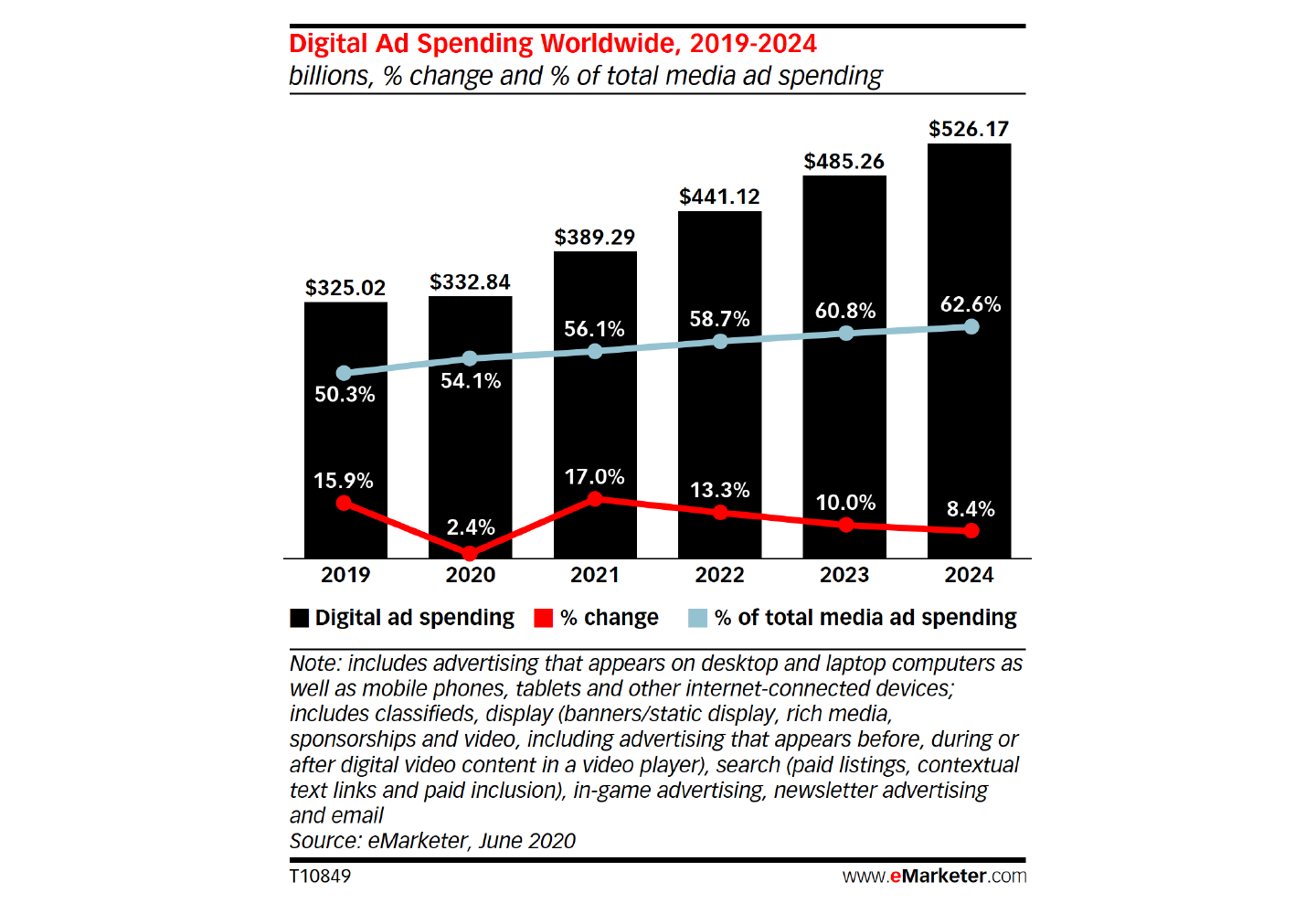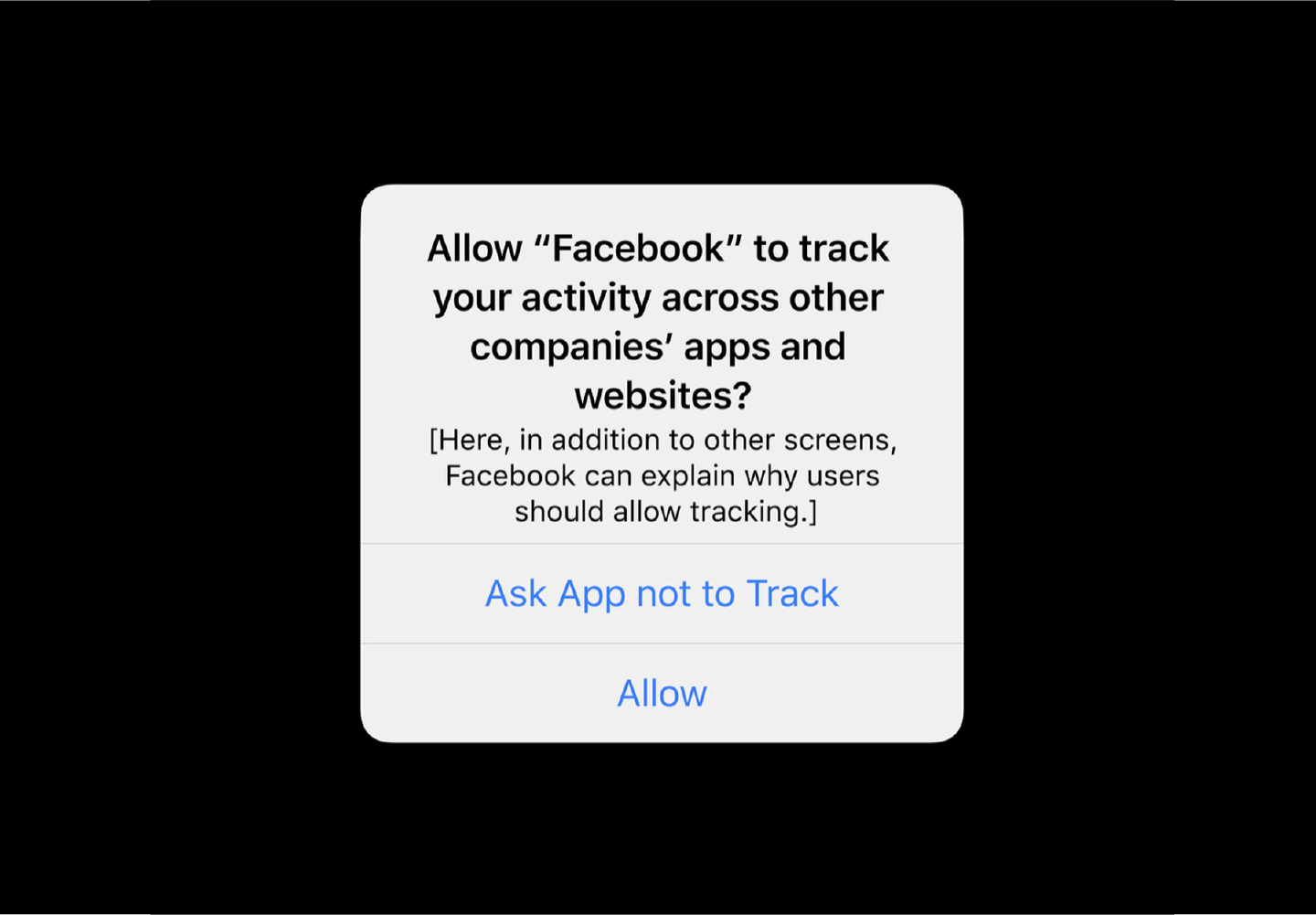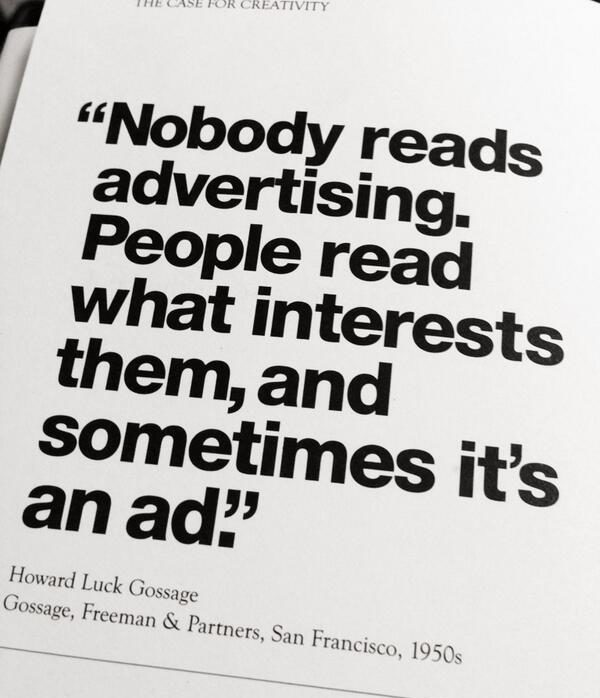Welcome to the final issue of Conversations at Tangible for 2022! In this 42nd issue, we examine the decline of paid digital ads– what does this mean for brands, and how can they navigate the scene? These pressing questions are prompted by a trend of massive retrenchments in Big Tech, who’d all cited decline in their digital advertising revenue as the main motivation behind the layoffs.
Paid advertising is often an integral part of brands’ digital marketing strategies. It is an inorganic approach in which brands pay for their ads to be displayed on online platforms and/or networks of their choice. This allows for their ads to quickly and efficiently reach a wider range of targeted consumers online, thus further growing their consumer base for higher potential sales.
With the series of redundancies by digital platforms (such as Meta’s Facebook, Snap’s Snapchat and most notably, Twitter) resulting from the decline in their digital advertising revenue, brands should be questioning if there is still any credit left in spending large sums of money on paid ads.
The truth is, the decline in digital advertising revenue is indicative of the increasing ineffectiveness of paid ads in recent years. In other words, brands who are still allocating high budgets for paid advertisements might be wasting money. Fortunately, there are better, more efficient methods in digital marketing which brands can, and should, look into to further their brands’ growth organically; the prime of which is to develop their in-house content marketing capability.
Understanding the decline of digital advertising industry

So far, more than 20,000 employees were laid off in the slew of retrenchments by Silicon Valley in 2022. Among which, Facebook’s Meta had axed around 13% (11,000 staff) of its workforce, while Snapchat’s Snap dismissed 20%. Further job cuts, hiring freezes and other contingency plans were also executed widely across the Valley.
Meta and Snap are examples of some Big Tech companies in Silicon Valley, whose main source of revenue is generated from ad placements on their platforms. So the decrease in their revenue means brands are spending lesser for ads to be placed on Big Tech’s platforms. The seemingly obvious reason behind this is the threat of an imminent economic crisis; when companies tighten their belts in preparation for upcoming crises, advertising budgets are usually the first to be cut. But assigning blame only to the economic downturn seems too easy a way out. As with all things, there is more than what meets the eye.
The fact is, the digital advertising industry already hasn’t been performing well since years before the looming economic crisis. Albeit yearly projected increases in revenue, a closer look at the number reveals that the industry’s growth rate is actually on a declining trajectory.

As 19th century businessman, John Wanamaker famously said: “Half the money I spend on advertising is wasted: the trouble is, I don’t know which half.”, a statement that is especially relevant in the age of digital ads.
During the nascent stages of the digital advertising industry, companies jumped at the opportunities and potential it seemed to offer. But because the industry’s operation has always been opaque with its obscured metrics, the effectiveness of paid ads remains questionable. Therefore, it is difficult for brands to track the return on investment of their digital ad spend. To that end, brands are starting to realise the money pit they’ve been in, and have increasingly stopped betting on paid ads.

The situation for the digital advertising industry has been made worse due to the rise of privacy concerns in recent years. Paid ads can be accurately targeted the way they do because of data collection by Big Tech. Fearing that their privacy will be compromised, consumers have grown to be less receptive towards paid ads. Hence, when Apple introduced its App Tracking Transparency (ATT) feature– which gives Apple users the choice to stop apps from tracking their online activities– it was praised by users for taking a step in the right direction towards privacy protection.
Undoubtedly, the limitations placed on data collection have had a huge impact on the digital advertising industry, since advertisers would not be able to track critical data that make ad placements more accurate. With lesser accuracy, the industry loses its appeal and is unable to continue charming brands to spend on paid ads. Apple’s ATT has been estimated to result in a loss of USD 10 billion in Meta’s revenue, and USD 546 million for Snap.
What’s next? Build an in-house content marketing team.
In facing the decline of the digital advertising industry, it is crucial that brands venture into other aspects of digital marketing to ensure further growth for their brands. So, what should brands start doing? Instead of spending large amounts of money in paid ads with lost credibility, brands should start investing in building in-house content marketing through hiring and capacity-building.

What is content marketing, exactly? Content marketing is the development and distribution of valuable and useful content and information that are relevant to target audiences through various means. These include emails, blogs, videos, podcasts, etc. Simply put, it is the creation of strong content that evokes the emotions of target audiences.
The current shift of focus to content marketing is also timely, as the social media landscape simultaneously moves into a content-driven economy. The proliferation of social media and technology in the last few decades has placed consumers in the driver’s seat to decide for themselves the kind of content they wish to see. With the abundance of information users come across daily, they’ve developed mental shortcuts to sieve out only meaningful and impactful content deemed worthy of their time. Hence, information put out by brands must be meaningful and impactful– they need to tell stories that consumers can resonate with to boost brand loyalty and conversions.

Having an in-house content marketing team has several advantages that can greatly benefit brands (this article does a great job explaining them). But to summarise, an in-house marketing team does a better job at ensuring sustainable business growth, especially for brands with a strong customer base. Of course, building a strong in-house team takes time, effort and capital. But the investment in building in-house content marketing teams can certainly yield better results than paid ads.
What is also crucial is that, with an in-house content marketing team, the marketing process is made dynamic, and brands are able to better adapt to changes as the business needs evolve.
Unlike paid ads hiding behind obscured metrics, in-house teams are able to embark on a process that lets them continuously see what are the strategies that work, adjusting them accordingly in the right direction to ensure brand growth. In other words, having in-house teams means brands are able to put out more dynamic content that can definitely connect with their ever-evolving target audience in a more effective way.
(Check out this article to find out the roles in an in-house team, areas of focus, and how to ensure efficiency of the team.)
Conclusion

Safe to say, the digital advertising industry has lost its grip on brands. While paid ads may have been effective for brands in the 2010s, the decline in its growth rate in recent years clearly indicates that it’s time for brands to stop relying heavily on paid ads. Instead, the future of brand growth calls for brands to start developing and strengthening their internal capabilities, and going beyond basic advertising to adopting a holistic approach for more sustainable and meaningful brand growth.
Tangible is a brand strategy and business consulting firm, synergising our consulting and creative offers to give clients comprehensive solutions. We believe brands are strategic management tools that should go beyond simply delighting customers. For more information on how Tangible can assist you with your branding, or other related digital services, please contact us here.
Share this article



